



TK Shima
gamer level 8
31146 xp
31146 xp
followers
59
59
Use my invite URL to register (this will give me kudos)
https://boardgaming.com/register/?invited_by=tkshima
profile badges




recent achievements

Paladin
Give 1000 hearts (loyalty points) to a single game
Give 1000 hearts (loyalty points) to a single game

Count / Countess
Gain 50 total followers
Gain 50 total followers

Gamer - Level 8
Earn Gamer XP to level up!
Earn Gamer XP to level up!

Comment on your favorite LGS
Add a comment on your favorite local game store page to tell people what you like about your LGS.
Add a comment on your favorite local game store page to tell people what you like about your LGS.

Not following any games yet










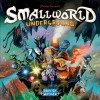

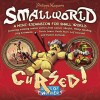

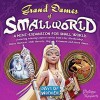

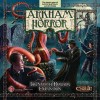



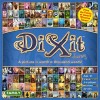


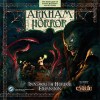
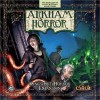

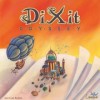




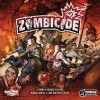





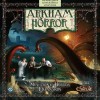






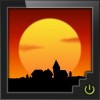



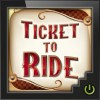

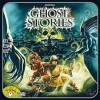
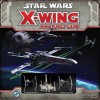











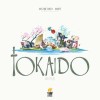


Smash Up
Intro
Smash Up is a contained card game in which 3-5 players each select 2 factions. Possible choices are: Ninjas, Pirates, Aliens, Robots, Dinosaurs, Tricksters, Zombies, and Wizards. The players compete for control of bases, each worth a number of points. The first to score 15 points wins.
Gameplay
The game comes with 9 decks, 8 of which represent one of the factions listed above. Each player shuffles together any 2 of these decks to form the final deck they will be playing. The 9th deck contains base cards. A number of base cards are placed face up on the table equal to the number of players plus one.
Now, each players deck contains 2 kinds of cards: actions and minions. You may play one action and one minion each turn, unless otherwise stated on previously played cards. On each minion card, there is a number which represents the power of the minion. These minions are played on bases. On the upper left corner of each base card, there is a number representing the breaking point of the base. When the total power among all minions on a base exceeds the base’s breaking point, the base is scored. The player with the most power on the base when it’s scored gets the number of points on the left side of the base card, second the middle number, and third the last number. The first player to achieve 15 points wins the game. If 2 or more players get 15 or more at the same time, the game goes the to the player with the most points.
Verdict
I enthusiastically bought this game and had even expected to purchase the expansion because I loved the idea of blending together generic sci-fi and fantasy universes. When I brought it to the table for my play group to try, everyone seemed equally enthusiastic about it. However, after one game everyone was disappointed in how little player interaction was involved in the game. That is, players’ actions during their turn are largely independent of what other players have done in between your turns.
My group tends to enjoy games where you must try to anticipate the actions of other players to achieve victory (i.e. Dixit, Resistance, Magic, and King of Tokyo), and this game does not deliver that level of play. If you and your group have a similar dynamic, I recommend passing over this game.